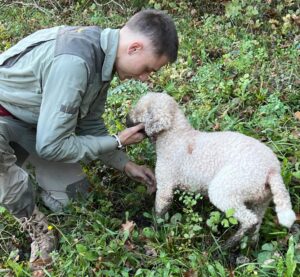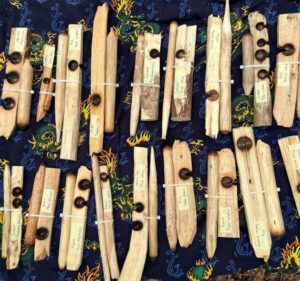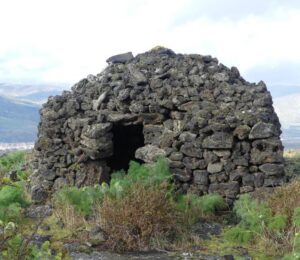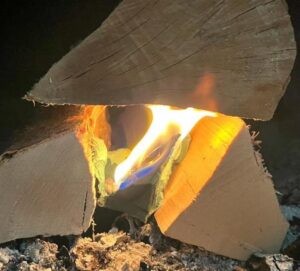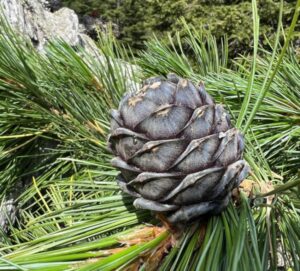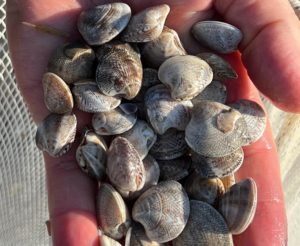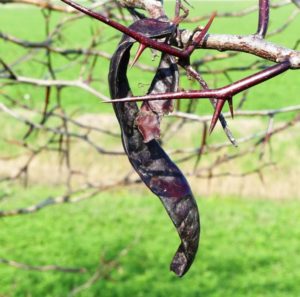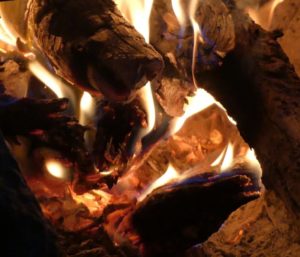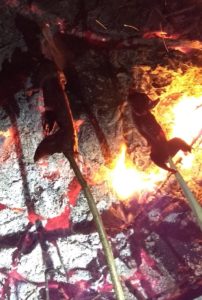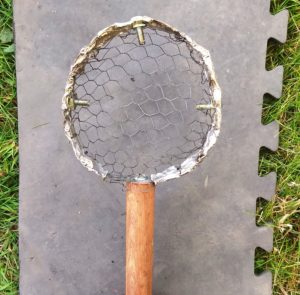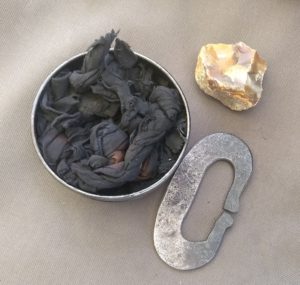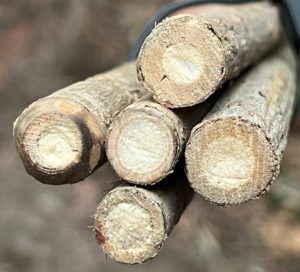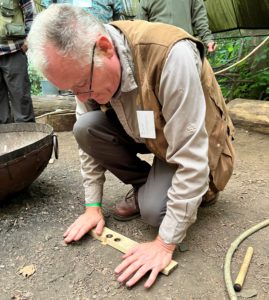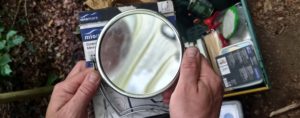Europe
White truffle hunting in Istria/Croatia
White truffles (Tuber magnatum) are the most highly-priced truffle species. In total, six different truffle species occur on the Istra peninsular. Four of them are variations of Black truffles (T. aestivum, T. aestivum var. uncinatum, T. melanosporum, T. brumale), and…
Disinfecting water with Potassium Permanganate
Potassium permanganate is an essential chemical for various simple living applications. One is its disinfecting effects, and the other is the possibility of chemically starting fires. This article discusses disinfecting water on a small scale for drinking purposes. We will…
Giant Fennel pith for transporting fire
While researching various bushcraft and survival topics, I constantly encounter inconsistencies and errors on reputable websites. Therefore, I have gotten into the habit of checking many postulates myself. One of these statements is that Prometheus brought fire to Earth with…
Bow Drilling – following the method of Mattias Norberg
At the Global Bushcraft Symposium 2022 in Wales/UK, the Swede Mattias Norberg demonstrated his method of creating fire by bow drilling. Sweden has a rich outdoor tradition, and it was a privilege to meet him there, as he has deep…
Giant Fennel stalks for lighting fire
Various internet pages and YouTube channels describe lighting fire with stalks of giant fennel (Ferula communis) as easy. I doubted these claims, so I tested them myself. The outcome was sobering, which I will describe in the following article. I…
Giant Fennel stalk wood as building material
Giant Fennel (Ferula communis) is a common weed in Mediterranean countries and Central Asia. Except for one genetic variety in Sardina, all green parts of the plant are strongly haemotoxic and lead to the poisoning of livestock and humans. This…
Wild asparagus in Sicily
Wild asparagus, a unique culinary delight, is prominent in Sicily’s springtime cuisine. The region boasts two distinct species: Asparagus albus, White asparagus, and Asparagus acutifolius, affectionately dubbed ‘Wild asparagus’ in English. Another edible part of these plants is its ‘crown’…
Stone huts at Mount Etna in Sicily
Stone huts on the northern side of Mount Etna in Sicily were built at least since pre-Hellenic times, around 4,000 BC. The building materials were basalt blocks from eroded lava at this location. The builders used dry-stone wall construction without…
Egg carton fire starters
Fire starters are convenient aids in Austria’s cold winters. Wood shavings lighted wood- and coal-burning stoves one generation ago. These shavings lighted spruce kindling, which in turn started burning bigger pieces of wood. Nowadays, it’s easier. Either commercially available or…
Swiss pine cones and their uses
The Swiss pine (Pinus cembra) goes by different names in German-speaking countries, such as ‘Zirbe,’ ‘Arve,’ ‘Arolla pine,’ or ‘Austrian stone pine.’ For generations, people have used the nuts of this particular pine species as food during the winter months,…
Beachcombing for Vongole clams in Northern Italy
Vongole clams (Ruditapes philippinarum) are the main bivalve species collected from the flat beaches of the Adriatic Sea in Northern Italy. Introduced to aquaculture facilities in the lagoon of Venice in 1983, they are now considered an invasive species, having…
Using Honey Locust Pods as Food
The Honey locust tree, also known as the Thorny locust, derives its genus name (Gleditsia) from a former director of the Botanical Garden in Berlin. Its species name (G. triacanthos) means ‘Three thorns’, which refers to the typical arrangement of…
Water dispensers for handwashing
In the former Soviet Union- and its satellite states, many citizens had and have water dispensers in their so-called ‘Dachas’ (Russian: дачи). Dachas are typically simple, free-standing houses located in city suburbs or the countryside. And most of them do…
Brief historical overview of man’s use of fire
Mankind’s use of fire goes back an extraordinary length of time. From humble collecting and guarding natural fires to producing fire by sparks or friction took about 1,5 million years. For more than 500,000 years, mankind has been producing fires…
Is your firewood wet or dry?
If you are outdoors in boreal forest biomes worldwide, protecting yourself against wind and wetness is paramount. And to light a fire for warmth. The necessary firewood should be dry to burn hotter and with less smoke. But if you…
Skinning and processing of dormice in Slovenia
Before dormice can be skinned, processed, and cooked – they have to be caught. That is an art of its own and is described in an article under this Link here. Skinning and processing of dormice is done similarly to…
Dormouse trapping in southern Slovenia
Worldwide, the dormouse family consists of three sub-families and 29 species and in Slovenia the ‘European edible dormouse’ (Glis glis) is native. There live three other dormouse species: garden dormouse (Eliomys quercinus), forest dormouse (Dryomys nitedula), and hazel dormouse (Muscardinus…
Bushscout UK’s fire bundle basket
Terry Longhurst said, “Bundle baskets are what we use with young people when fire lighting. Using a bundle prevents them from getting burnt, and it also helps if they have special needs.” Such a fire bundle basket is chicken wire,…
Fire lighting with Flint & Steel
In the Stone Age and Bronze Age, European men created fire by striking flintstone on marcasite and catching sparks on tinder made from horseshoe fungi. Marcasite is crystallized pyrite (an iron sulfate mineral) and is not readily available but has…
Hand drilling in UK as taught by Dave Watson
Friction fire hand drills are usually not the first choice for fire lighting in the Northern Hemisphere, as they are regarded as a strenuous technique, especially in cold and humid environments. Dave Watson proved this perception is incorrect under overcast…
Bow drill standard procedure by Dave Watson
The approach to friction fire lighting with bow drills in the UK slightly differs from that in other countries. In the following, these differences will be explained. Materials and shapes of the various bow drill elements Hearth board of the…
Finding direction with the Pole Star
Finding the Pole Star with the Constellation of Ursa Major Only in the Northern Hemisphere is the Pole Star visible, and its location is mainly indicated by the position of the two pointers of the Great Bear (also called the…
Finding direction with the Constellation of Orion
The Constellation of Orion, or ‘The Hunter’ can be best viewed in the evening skies from November to February. It holds for both the Northern and Southern hemispheres during that time. Of the three belt stars, the highest one is…
Solar fire lighting
The energy received by the earth from the sun is called the Solar Constant, which describes the effect that every 1 m2 of planet Earth facing the sun’s rays at a 90-degree angle (directly overhead) will receive 1375 Watts (Joules/sec)….

